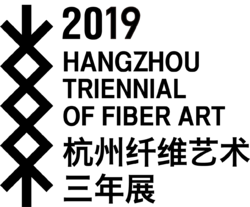Through the sensitivity of the present and the predictability of the future which the participating artists have, we try to demonstrate the current status of both domestic and overseas Fiber Art creating enviorment. This current enviorment is the result which caused by Fiber Artists, whose subjects constantly reaching out to the society, daily routine and consumerism culture in the context of globalization, and the new dimension that Fiber Art is elevated, in terms of the inheritance of traditional culture and the modern transformation. Especially Fiber Art in the interval structure, which generates between visible and invisible, virtual and real, light and shadow, constitutes the multidimensional growth of the creating enviroment that artists gain from real life experiences.
Under the features of Fiber Art, which constitutes by texture, technique and method, the struggle of life is crossed through the bottom line of chaotic reality. The order of previous Fiber Art creation is separated from the excessive entanglement of uncertain future. The string of seperation is not self-limitation, but transcending the fiber with its own power, and elevates the creating of fiber art to the process of interlacing, evoluting and transformating, through relatively independent, mature and completed individual artworks. Thus, these works, which seem difficult to put an end to, are created with sensibility, recognization and tension of traditional narrative.
In the future, fiber art will be created both metaphysically and boundlessly with forms of cross-media, and constantly go beyond the existing experiences. Especially with the development of cutting-edge technology and the rise of new medias, they offer more possibilities in materials that the fiber art could explore and the differnent ways of art language. We attempt to break the media and material limitation of traditional fiber art forms and its static model. Establishing multidimensional and intertwined links among digital fiber, digital weaving, intelligent fabric, biological fiber and other new medias both in the present and the future. Fiber art could be stimulated in a broader, mixed, even unpredictable experimenting process, where the diversified pattern is formed across the boundary innovatively.
As an approach of fiber art, costume designing is closely related to the ordinary life of human beings. It has multiple forms and styles. Being the second skin of our body, clothing is in addition the cover on human body, separating the public space from private space. Carrying the forms of various civilizations and consumer cultures, where it means both a mark reflecting the impact of time on our fashion life, and symbols of identity or body politics. According to their creations in specific contexts, the two artists introduced their different inheritances, explorations and aesthetic tastes for fiber texture and fashion design. Their works form a close dialogue, communication, and even visual field of differences and conflicts, where the origin of clothing, even life itself, are explored.
Fiber art boasts a natural connection with the traditional handicraft weaving. The workshop is an active interaction with audience in the open public space, where artists' ideas and social problems involved could be directly transmitted to the audience, including special groups through the tactile way. The artist’s work or the operating process in the workshop have formed an interaction scene and even become a socialized tool to change the existing living environment. The continuous performance for the public who are taught in accordance with their aptitudes both arouses the daily experience and stimulates the audience's tactile experience of fiber art. Or it also inherits and carries forward the handmade tradition of fiber art and becomes a sentimental bond of past memories, being one of the formatted and fragmented resources of stitching industrial civilization and even the digital age.
For the concept of value in the fashion industry, the two artists had different cognitions and artistic approaches. Lu Biaobiao, together with her colleagues, took full use of offcuts of clothes and made them into twelve suits via complicated processes, which in return attaches added-value to the "surplus value." Linnéa Sj?berg, on the other hand, uses the way of performance art. She dressed up like a successful business woman, while intentionally cutting her designer clothes into pieces, which were woven and made into carpets, clothes and accessories at last. This process is recorded and presented through artworks, texts, photographs, etc. It is a clear way of utilizing, dispelling, questioning and satirizing the fashion industry, while opening up the possibility of stripping, denying and resetting the concept of "value". It goes beyond the original representation, when transcendental aesthetic value is bestowed.
The way which Hangzhou Triennial of Fiber Art unfolded, is to adopt the solo exhibition of a representative artist as a section of its own exhibition structure. This time we invited the artist Yin Xiuzhen. Taking into account of the present conditions of the venues, Yin presented seven works which created in recent years into seven exhibition halls within seven days. By using "Seven days" intervals, different sequences and special implications, these elements constitute Yin Xiuzhen's resheach-oriented and staged creation. During her process, where fiber serves as the main media, or as the way to conceive, she sewed and weaved personal experiences, memory traces along with changes of time through collecting, replacing and stitching fabrics. In an attempt to find diachronic memories in real time and space, to measure the complex relationship between individuals and society with the method of counterpoint. At the scene, where the feeling of being present is formed, the "collective subconsciousness" of our ordinary experiences are created spontaneously.











































